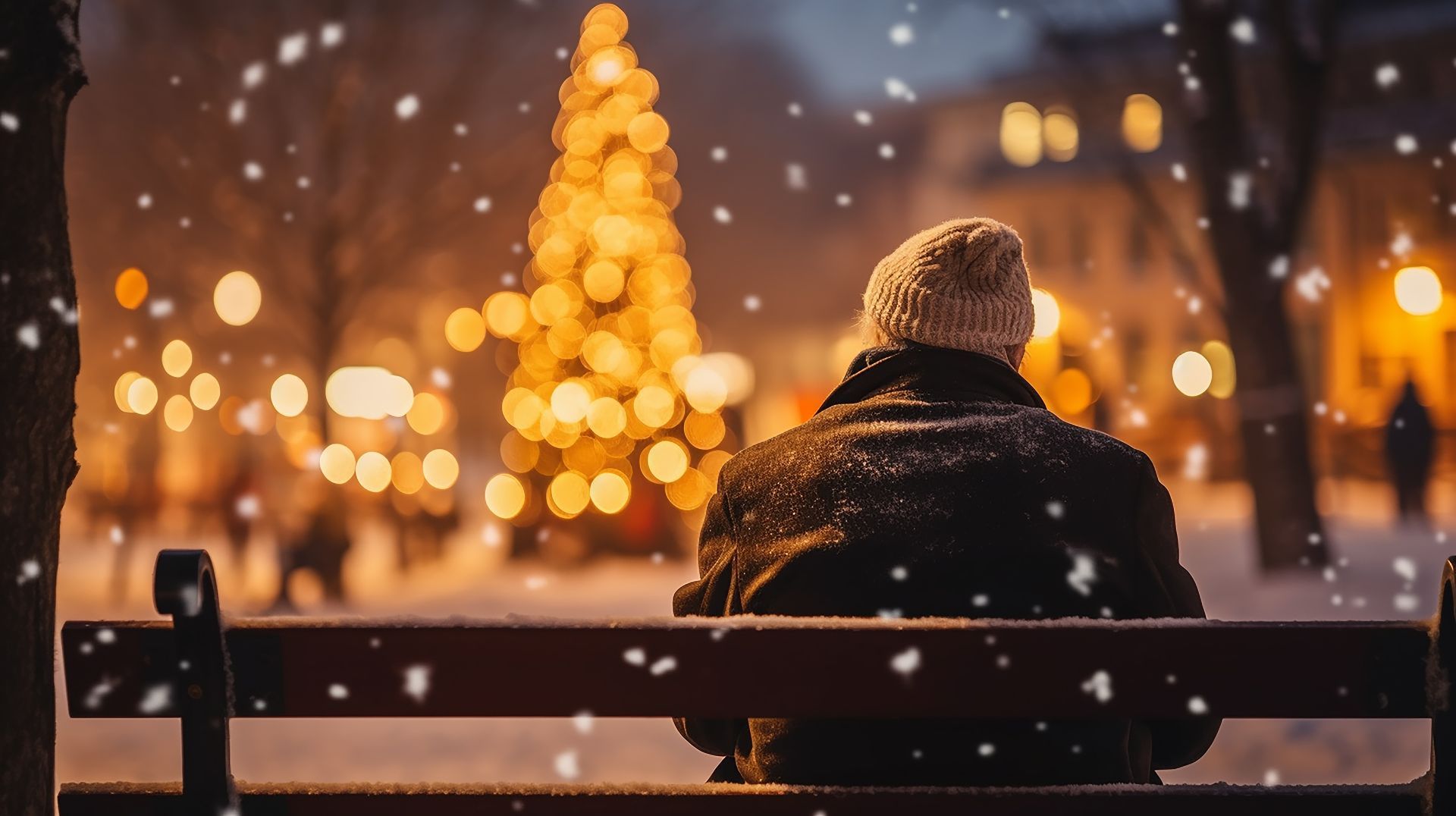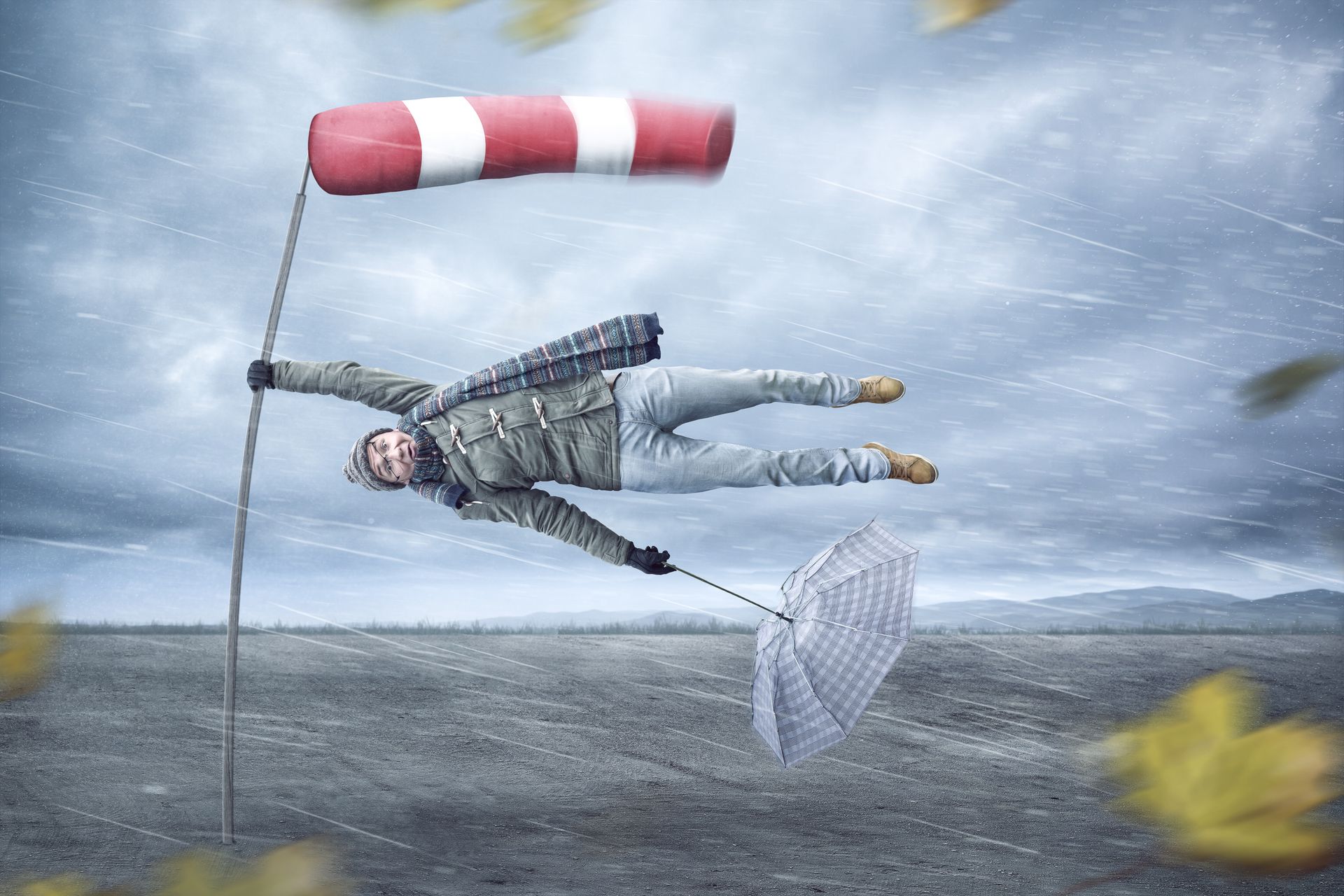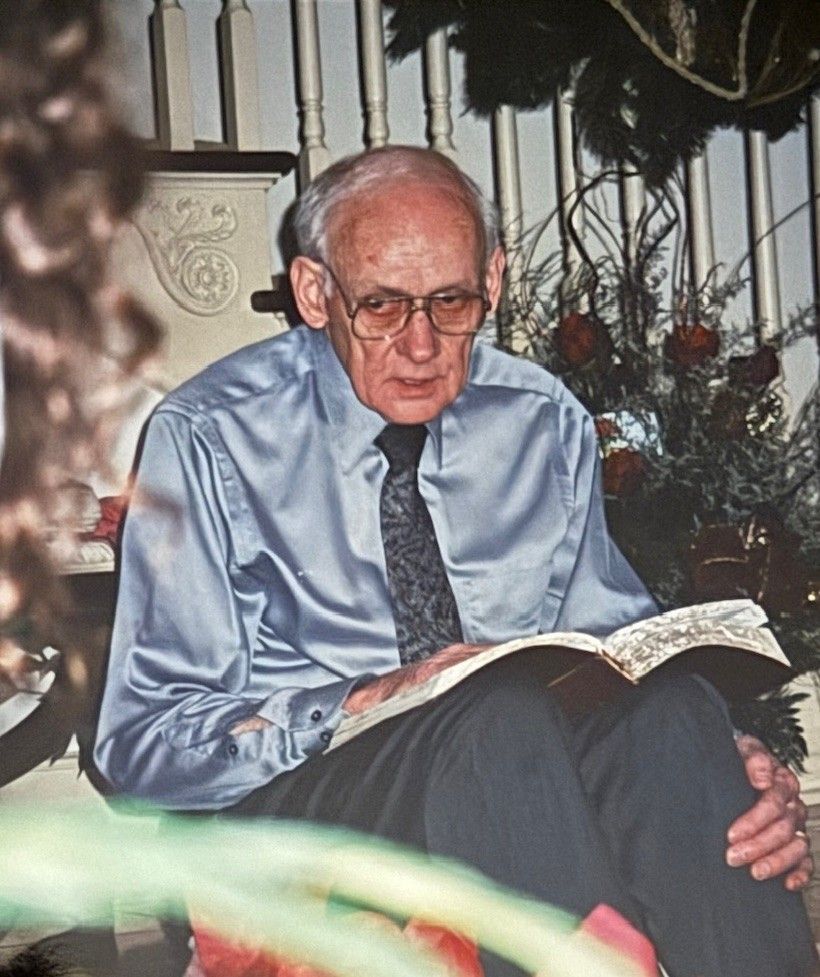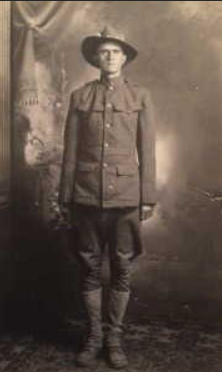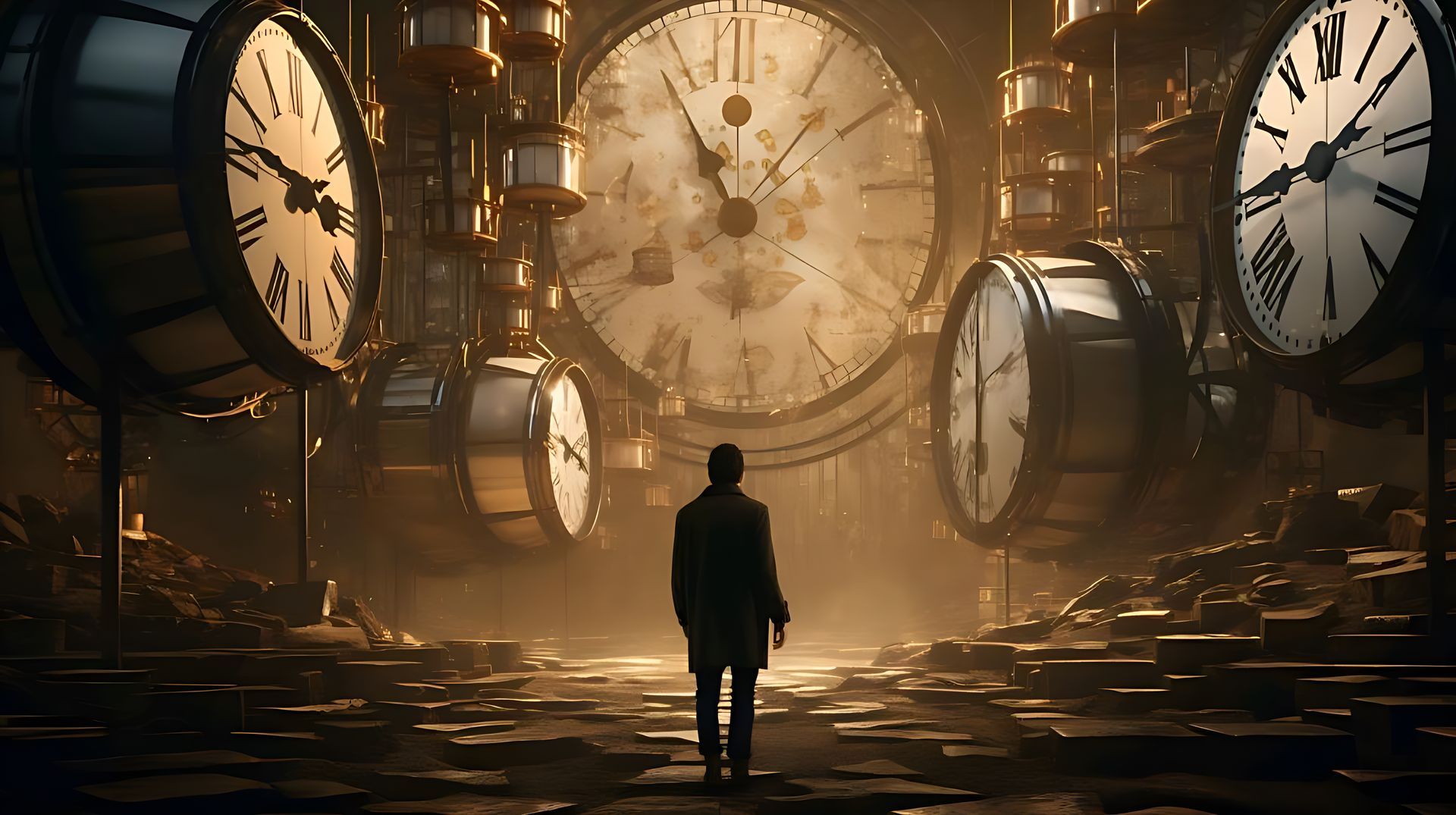Outside The Storm, Looking In
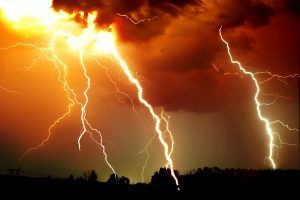
It was Saturday, October 26, 2019, between the hours of noon and 1:30 PM. I was in a cabin in Shiloh, Tennessee, listening intently as the wind roared through the woods, toppling trees, blocking the drive out in five different places and both ends of the road that might have led to safety. But I wasn’t foolish enough to try and leave. The better part of valor was not retreat but staying put, even though a massive oak missed the front of the house by mere inches.
I didn’t realize the extent of the devastation until the storm subsided and I emerged from what had proven to be my safe haven. Only when I began walking up the drive and onto the road did I understand how horrific the storm had been. Once the drive was cleared and the roads made passable, I gained an even greater insight into Mother Nature’s wrath. One life had been taken. Millions of dollars in property damage had occurred. But I didn’t know the extent of the storm . . . or the extent of the damage . . . until long after the storm had passed. Because I was caught in the midst of the storm.
Today I feel like we’re weathering a whole series of storms, whether actual or metaphorical. We’ve certainly had tornados and floods and severe thunderstorms that have taken lives and destroyed property. And we have metaphorical storms with real life consequences, like pandemics and protests, both peaceful and otherwise. This time I find myself outside the storm, looking in.
I cannot begin to comprehend—because I have not experienced—the emotions and actions brought about by either of these metaphorical storms. In my Small Town, USA, we’ve been relatively untouched by COVID-19, although that can always change. As I type, we’re up to 22 confirmed cases, far fewer than the metropolitan areas surrounding us. But businesses have suffered as have those who were employed by them or who once walked through their doors as customers. As for the protests, again, our county has remained relatively untouched—and again, that can quickly change. But the lack of an active, organized effort does not mean there is no work to be done. Whatever the circumstances, there will always be room for improvement.
As I stand outside the storms, looking in, I see the heartache and the loss, the devastation and the destruction . . . not just of property but, more importantly, of people. Even if their lives are spared, their dreams and their ambitions and their hard work can all disappear in a heartbeat, taken by circumstances and events far beyond their control. That holds true for pandemics and protests and any other situation that brings about the storm.
When an actual storm bears down on a community or a country, bringing death and destruction in its wake, there is grief . . . grief on an individual level . . . grief on a community level . . . and oftentimes, grief on a national or even global level. As humans we are often touched by the struggles of people we’ve never met and will never know. It’s a blessing to be able to share their pain . . . and a curse when that pain cuts so deeply. The same holds true for the other storms of this life. As we watched communities shut down in an effort to protect their citizens from a viral enemy, as we watch communities struggle under the weight of inequalities and injustices, no matter their origins, there has been and will continue to be grief. Even though we may not know those who are directly affected, we grieve with them and for them as individuals . . . and communities . . . and as a nation or even the world. Peter Schickele may have said it best when he penned the lyrics for Joan Baez’s hit “No Man Is an Island”. . .
“No man is an island. No man stands alone. Each man’s joy is joy to me. Each man’s grief is my own . . .”
About the author: Lisa Shackelford Thomas is a fourth generation member of a family that’s been in funeral service since 1926. She has been employed at Shackelford Funeral Directors in Savannah, Tennessee for over 40 years and currently serves as the manager there. Any opinions expressed here are hers and hers alone, and may or may not reflect the opinions of other Shackelford family members or staff.
The post Outside The Storm, Looking In appeared first on Shackelford Funeral Directors | Blog.



